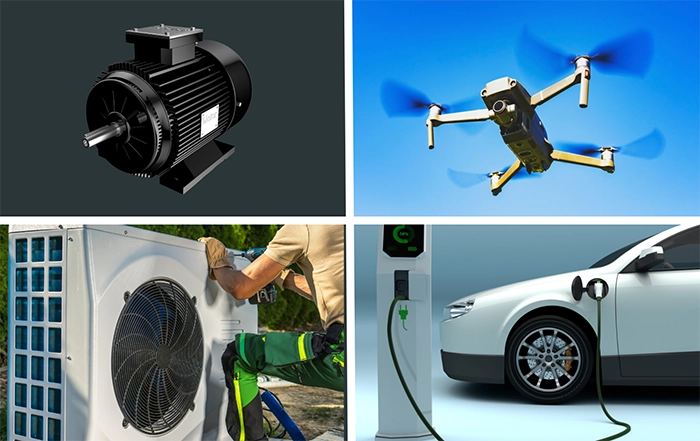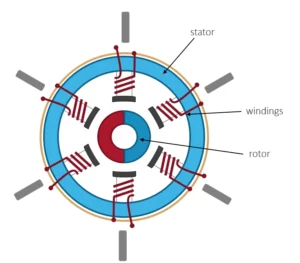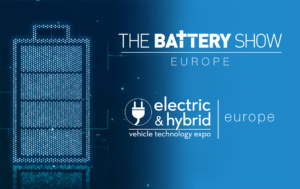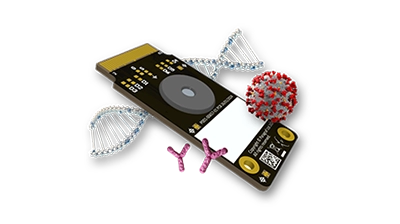Brushless DC (BLDC) motors have become very popular thanks to their ability to save energy and increase the operational efficiency of the equipment in which they are used.
Market growth for these motors is driven by increased demand for heating, ventilation and air conditioning (HVAC) systems, and increasing applications in industry, automotive and consumer electronics applications[1]. BLDC motors are used widely in HVAC systems to achieve high efficiency in airflow systems and maximise their life and power. Other big areas of deployment include office equipment (such as printers, electric curtains, copiers, cooling fans of computers and servers) and high-end home appliances (vacuum cleaners, air purifiers, washing machines, refrigerators).
The transition of the automotive industry towards electric vehicles also provides a great opportunity in applications such as sunroof actuators, mirror adjusters, air conditioning, and powertrain.[2]
In this three-part blog series, we will discuss:
- What makes BLDC an energy efficient option and what are their limitations today
- How can Paragraf position sensors help address these limitations
- The importance of international energy efficiency standards and how Paragraf can lead you towards IE5 efficiency

What makes BLDC an energy efficient option?
BLDC motors serve as an evolutionary leap in energy efficiency when compared to their brushed counterparts because their frictionless nature allow them to run longer, safer and with reduced waste.
Traditional brushed motors rely on friction between the brush and commutator to deliver the electric charge required to drive the rotor. This friction creates physical drag which substantially reduces the energy throughput of the system and results in wear which degrades the motor components, limiting the lifecycle and gradually reducing efficiency.
The BLDC motor replaces the brush and commutator with a series of coils within the stator and a permanent magnet situated in the rotor which never come into physical contact with one another. Eliminating this source of friction greatly reduces the drag and wear, allowing for better energy throughput and extending the life of the motor.

How can BLDC motors be made more efficient?
BLDC motors rely on coils within the stator being energized in sequence in order to continuously push/pull the permanent magnet fixed to the rotor. This keeps the rotor turning at a speed determined by the volume of current delivered to the coil. The timing of the sequence is key to the efficiency of the motor as applying charge to a coil when the rotor is not in the correct position will result in a propelling force opposite to the rotation. It is not simply inefficient; it is counter-efficient. As such, the timing of the motor is only as good as its ability to track the precise position of the rotor.
Some manufacturers simply rely on pre-programmed timing for coil control in the motor, trusting that the schedule they have set for energizing the coils matches the correct timing. However, to ensure optimum timing, a mechanism to provide precise tracking of the permanent magnet within the rotor is required. This is often accomplished by employing Hall effect sensors embedded within the motor assembly. Those sensors measure the magnetic field of the magnet in the rotor and feeds that information back to the electronic controller so that the rotor’s position can be determined, and the coils energized accordingly. The more precisely that rotor position is tracked, the more effective the energization schedule, and the more efficient the motor will be.
As a result, the energy required to operate BLDC motors employing effective sensors will be reduced compared with those relying on pre-programmed timings. When accounting for the size of the BLDC market, which stands at around $17 billion (US) with an estimated 5.4% CAGR looking forward to 2028[2], even small improvements in energy efficiency will lead to a substantial savings across the breadth of the market.
Paragraf has made energy efficiency a hallmark of our business. Graphene and other 2D materials will be key to making future-generation technologies do more. In the next chapter of our BLDC motor story, we will discuss further how Paragraf position sensors provide efficiency solutions to the BLDC motor industry above and beyond conventional Hall effect solutions. In the meantime, contact us to learn more about how we can meet your energy efficiency needs now.
[1] https://www.marketsandmarkets.com/Market-Reports/brushless-dc-motor-market-23539809.html
[2] https://www.grandviewresearch.com/industry-analysis/brushless-dc-motors-market







